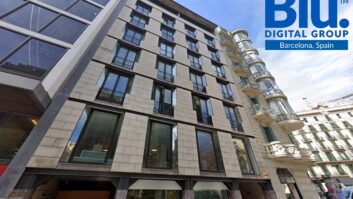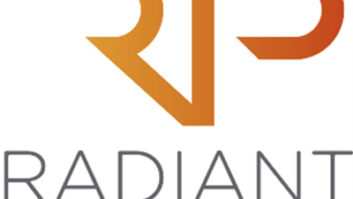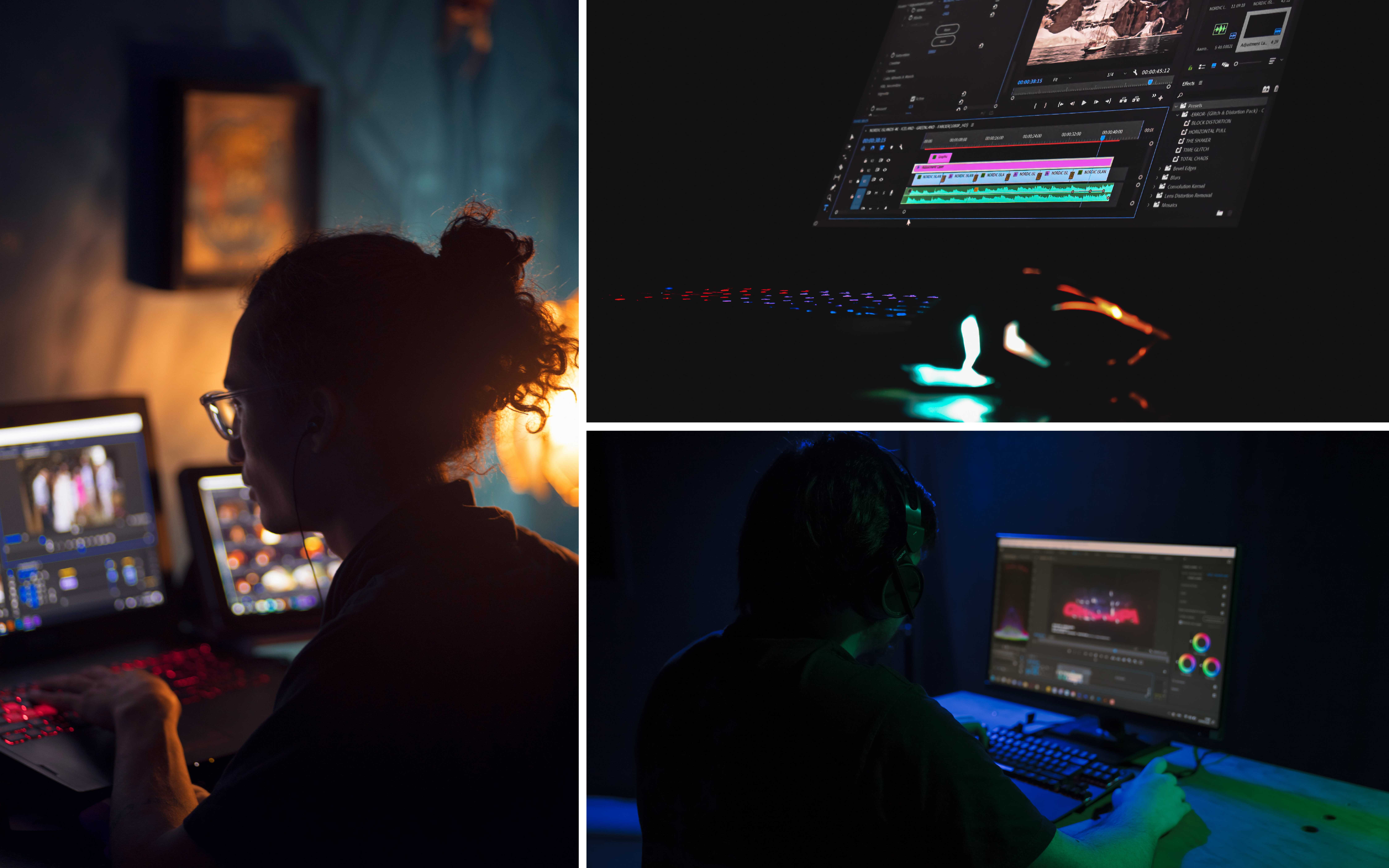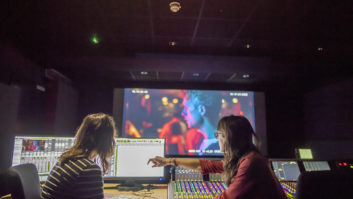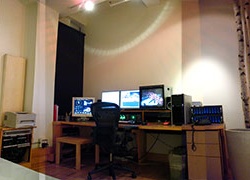
The presumed cost of post producing in 4K, which is causing producers to downscale digital intermediates to 2K, is being countered by the founder of New York facility Digital Arts.
Axel Ericson, who recently launched what is claimed to be the first ‘true 4K post house’ in the city, argues that the expense is manageable, outside of VFX driven projects and that, consequently, the early adopters of 4K scene-to-screen projects may emerge from lower-tier markets.
“When you introduce a heavy 4K VFX pipeline the rendering increases and the cost will go up, but for the major studio shows the uplift is not a gigantic leap,” he said.
“Beyond those few though I think we need to look at less high profile productions. If you don’t have a lot of VFX in your movie the camera formats can be debayered on the fly and you can work live with a full 444 pipeline.
“Artists want it, and so do many producers, when they experience it. The catch is that 4K is not yet a delivery requirement. Artistically it can enhance the storytelling, but producers have to look at the bottom line and weigh up how much 4K is going to add value to their production by giving the movie another life in five to 10 years.”
While the advantages of acquiring 4K for the greater headroom it allows in post to perform functions such as stabilisation, reframing, motion tracking, digital set extension, and compositing may be clear to filmmakers, very few productions are currently post produced in the format because of the cost, real or perceived, and are given a 2K finish.
“Given the rising power of GPU architecture there is a lot that can be done on the fly these days,” said Ericson. “If you don’t have to go through rendering there is a lot of visual effects that you can do as part of your DI. In fact we need to redefine what VFX is. There is a lot you can do with matte painting and 3D tracking inside of your DI house without going to an external VFX specialist.”
Ericson is convinced that the industry is on the verge of a turning point. “Our expansion to a 4K lab is really to go after the film market in a very serious way,” he said. “We designed the lab from the ground up to cater for every detail of the 4K film pipeline and spent a lot of time looking at the infrastructure it will take to accomplish 4K.”
Digital Arts’ investment includes a 27-seat screening room with a Christie 4220 4K projector, Meyer sound 7.1 audio and 17-foot (5.2m) mesh screen. The DI lab is based around Scratch and Resolve drawing from a Facilis TerraBlock SAN of 100TB. It offers dailies, ‘true 4K’ digital intermediates with extensive xyz/p3 colour science on the Christie; finishing and grading for film outputs and DCP masters creation.
As an indication of the size of data facing post houses, today’s 2K DPX dailies at 300MBps generate around 1TB per hour, said Ericson. At 4K 16-bit the volume is around 4TB per hour, so a typical project, once all render passes and DCDM [Digital Cinema Master] are accounted for, could easily become 40-50TB.
By Adrian Pennington
www.digitalartsny.com


